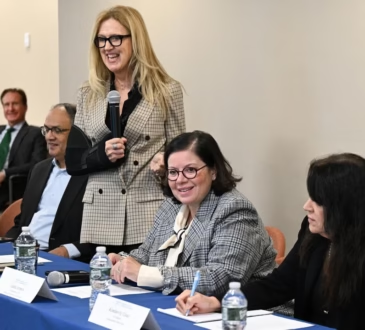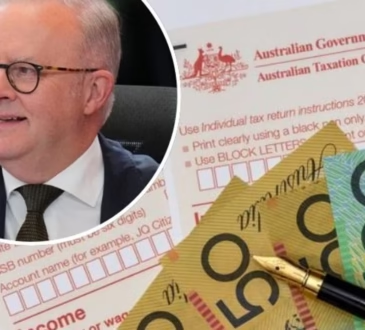
The fed rate cut has important implications for small businesses.
Lendio
Small business owners have faced significant uncertainty this year due to rising inflation and ongoing discussions about tariffs, which have affected their ability to buy and sell goods and services. According to Lendio’s Q2 2025 SMB Lending Index, 73% of small and medium-sized business respondents recently indicated that financing is crucial for their business’s survival, while 60% identified it as the most critical factor in driving growth.
In light of this, the Federal Reserve’s announcement of its first interest rate cut in almost a year was welcomed by both borrowers and the broader economy in September. On Oct. 29, the interest rate was reduced by another quarter point, bringing the interest rate to its lowest point in three years. In this article, we will explore the reasons behind this decision, its implications for small business owners, and the steps they should take to prepare for a successful 2026.
Fed Rate Cut Explained For Small Businesses
Speculation about when the Federal Reserve would implement a rate cut had been growing for months, with increasing pressure from the administration. In July, President Trump toured the Federal Reserve with Chairman Jerome Powell, the first time a sitting president had visited the building since 2006.
As an independent institution, the Federal Open Market Committee comprises 12 members who convene eight times a year to assess economic and financial conditions and formulate monetary policy. September’s meeting was one of the most debated FOMC gatherings in recent memory, with differing opinions among Board members regarding the best course of action. October’s meeting was no less exciting.
Consumers seeking mortgages, auto loans, or more favorable credit card rates will undoubtedly benefit from this decision. However, the rate cut is also positive news for small business owners.
How Variable Prime Rates Affect Small Business Loans
The Federal Reserve rate is closely linked to most consumer loans, but it doesn’t always correlate directly with small business loans. Some loan products, particularly those with revenue-based financing, often come with a fixed rate that remains unchanged even when the Federal Reserve lowers its rates.
In contrast, most Small Business Administration loans are associated with a variable prime rate. Lenders use a pricing formula that starts with the current prime rate and adds a markup percentage based on factors such as the loan amount, borrower profile, and loan term. As a result, whenever the prime rate decreases, the cost of capital also decreases.
The most common SBA loan with a variable prime rate is the SBA 7(a). This loan offers various financing options with different terms, limits, and purposes. SBA 7(a) loans can be used for a variety of needs, including:
- Working capital
- Equipment purchases and installation
- Acquiring or refinancing real estate
- New building construction, renovation, or expansion
- Starting a new business
- Purchasing an existing business
- Refinancing current business debt
- Buying furniture, fixtures, and supplies
- Multiple-purpose loans
- Changes of ownership
However, loan proceeds cannot be used to pay off an existing Merchant Cash Advance loan, buy out a partner, settle delinquent state or federal withholding taxes, or for any other purposes that are not considered a legitimate business need as defined by the SBA.
Given these recent changes, what course of action should SMBs take looking at the next few months ahead?
Action Steps For SMBs After The Fed Rate Cut
Borrowers anticipating future capital needs should not wait any longer for a better interest rate to come along. Instead, both consumers and SMBs alike can confidently start the process of securing capital now, assured that even if additional rate increases occur, they have the opportunity to lock in a loan today and still benefit from any future rate cuts.
Looking at the months ahead and considering any potential headwinds that might arise in their industry, SMBs should identify any upcoming capital constraints and determine which loan best suits their needs so that they can be adequately prepared well in advance.
To be clear, changes in Federal Reserve rates do not always indicate that the economy is slowing, and it remains uncertain whether further rate cuts will be implemented. With proper planning and knowledge of how the central bank’s actions can benefit their business, borrowers can reap the benefits.





